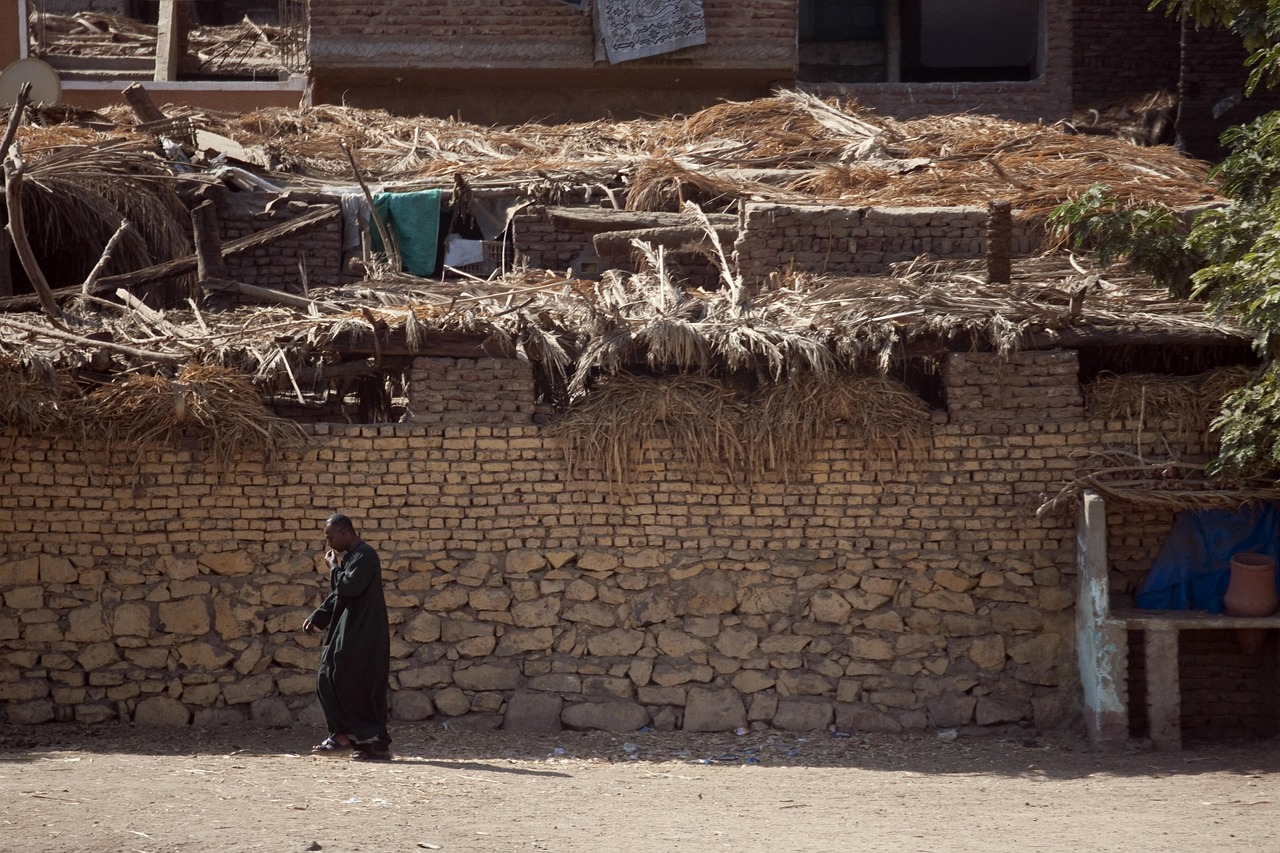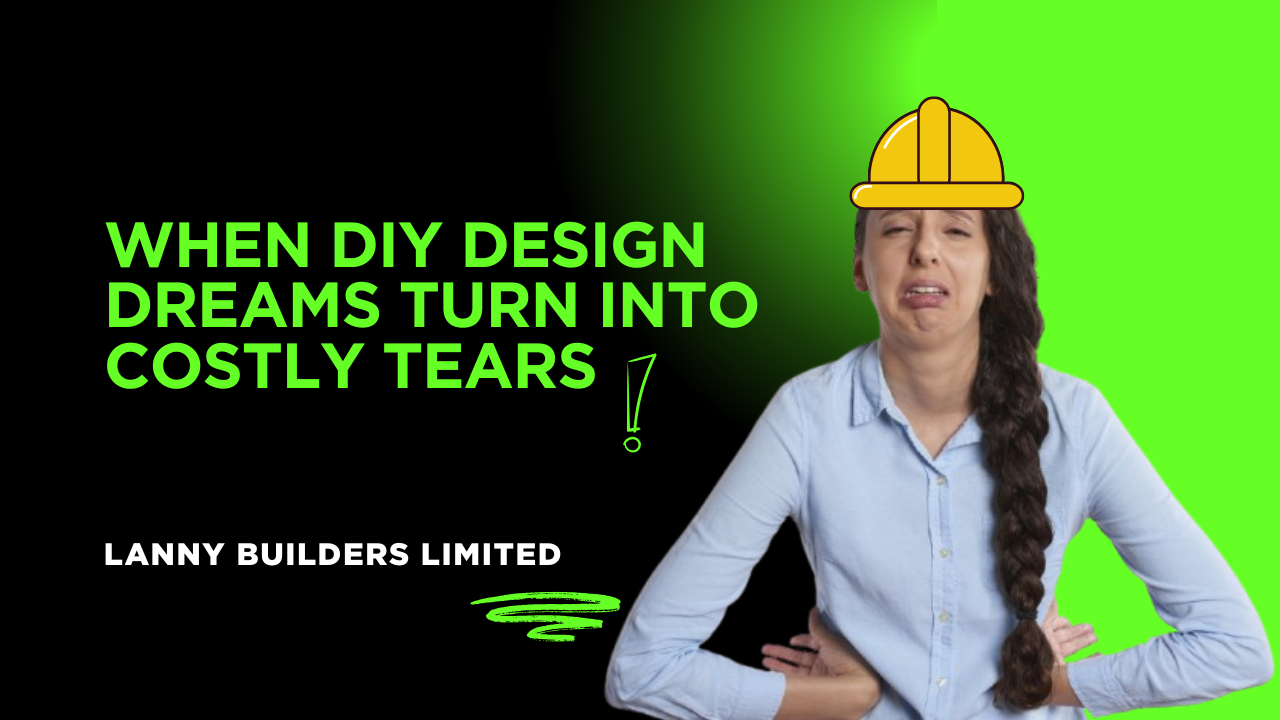In Kenya, when a friend says they’re about to build, the next thing they’ll probably say is, “Natafuta mtu tu anidrawie ka-plan.” Sounds simple, right? Just a small sketch, a two-bedroom layout, maybe a kitchen outside—it doesn’t need to be fancy. But what starts as a shortcut often ends in disaster.
“Just draw me a simple plan” is a phrase that has cost Kenyan homeowners millions. Not because simplicity is bad, but because ignoring professional design strips a project of the structural, regulatory, and aesthetic planning that keeps a building standing—and approved.
“It’s just a house” becomes “It’s just been condemned” when you cut corners on the design table.

What a Proper Design Actually Covers
A professional architectural design isn’t just lines on paper. It considers:
- Proper space usage and flow
- Structural integrity and support
- Site orientation (sunlight, wind, slope)
- Utility placements (water, electricity, waste)
- Local authority regulations
- Future expansion and value retention
Without these, you’re essentially building on hope—and that doesn’t hold up well to rain, gravity, or county officials.

Common Risks of Skipping the Pros
Here’s what happens when you get someone to “just draw something quick”:
- Rejected approvals: Counties like Nairobi and Kiambu won’t approve a plan without a licensed architect’s input.
- Structural issues: Your fundi builds a wall where a beam should go—and later, it cracks. Or collapses.
- Wasted materials: Poor layouts lead to awkward spaces and expensive reworks.
- Low resale value: Buyers will flag poor design before they even ask about price.
“But the fundi said it was okay.” Sadly, fundis don’t sign approval forms—or take liability when walls start shifting.

Real Stories, Real Consequences
Ask around and you’ll hear this all too often:
- “My neighbour’s extension was demolished by the county.”
- “The kitchen flooded because there was no slope in the plumbing design.”
- “We had to move the toilet. It opened into the living room.”
These are not just frustrating—they’re expensive. And avoidable.

What You Actually Save by Doing It Right
Paying for professional design sounds like an added cost, but it actually:
- Reduces long-term construction errors
- Ensures your building passes approval smoothly
- Makes construction easier to supervise
- Gives you predictable material estimates
- Adds value to your home or commercial space
Think of it this way: a well-done design doesn’t cost you money. It protects the money you’re already spending.
The Lanny Builders Advantage
At Lanny Builders Limited, we don’t just build—we start with the blueprint. Our design process:
- Is led by licensed architects
- Is informed by practical construction realities
- Aligns with local regulations
- Balances your budget with beautiful, functional layouts
And most importantly, it ensures that when you break ground, you do so with confidence—not blind hope.
Final Word
There’s no shame in wanting something simple. But there’s a big difference between “simple” and “sloppy.” A proper design saves you from embarrassing (and expensive) corrections, gives you peace of mind, and makes your dream home last.
So next time you’re tempted to say, “Just draw me a simple plan,” take a pause. Then ask instead, “Can I get a plan that actually works?” Because at Lanny Builders, that’s what we do—plans that work, builds that last.
